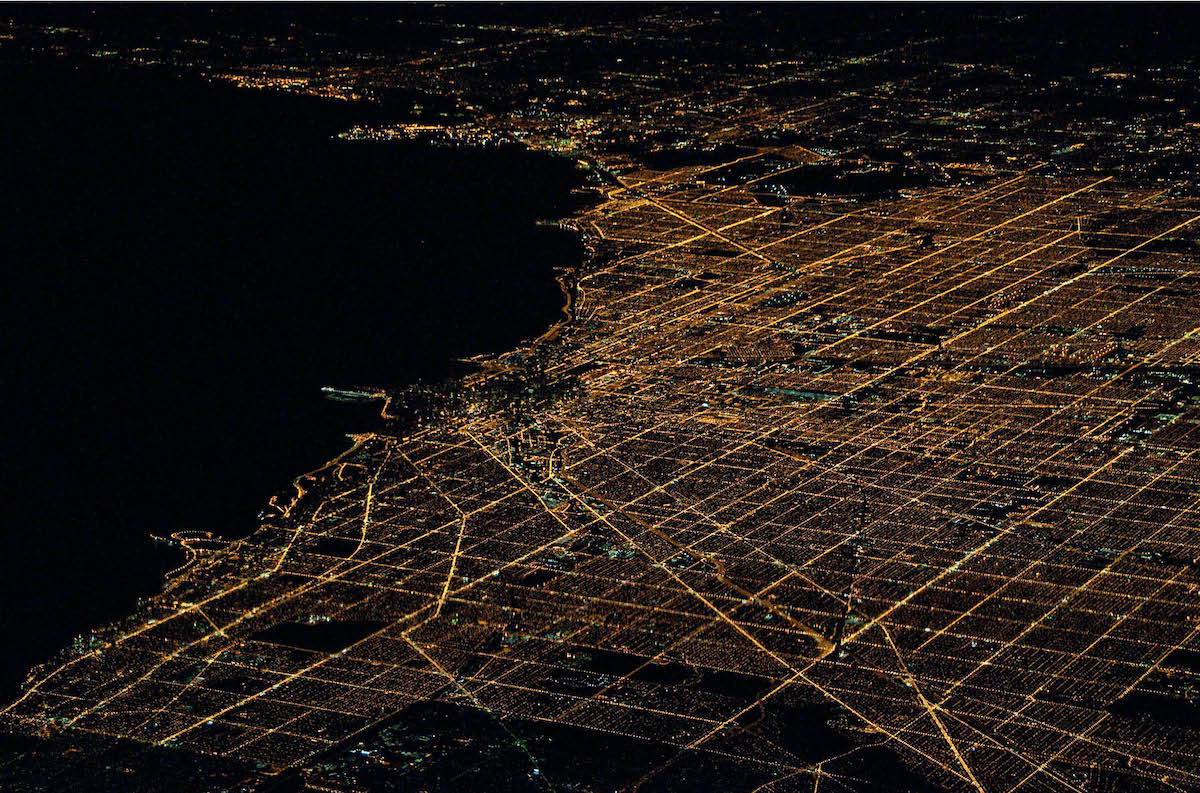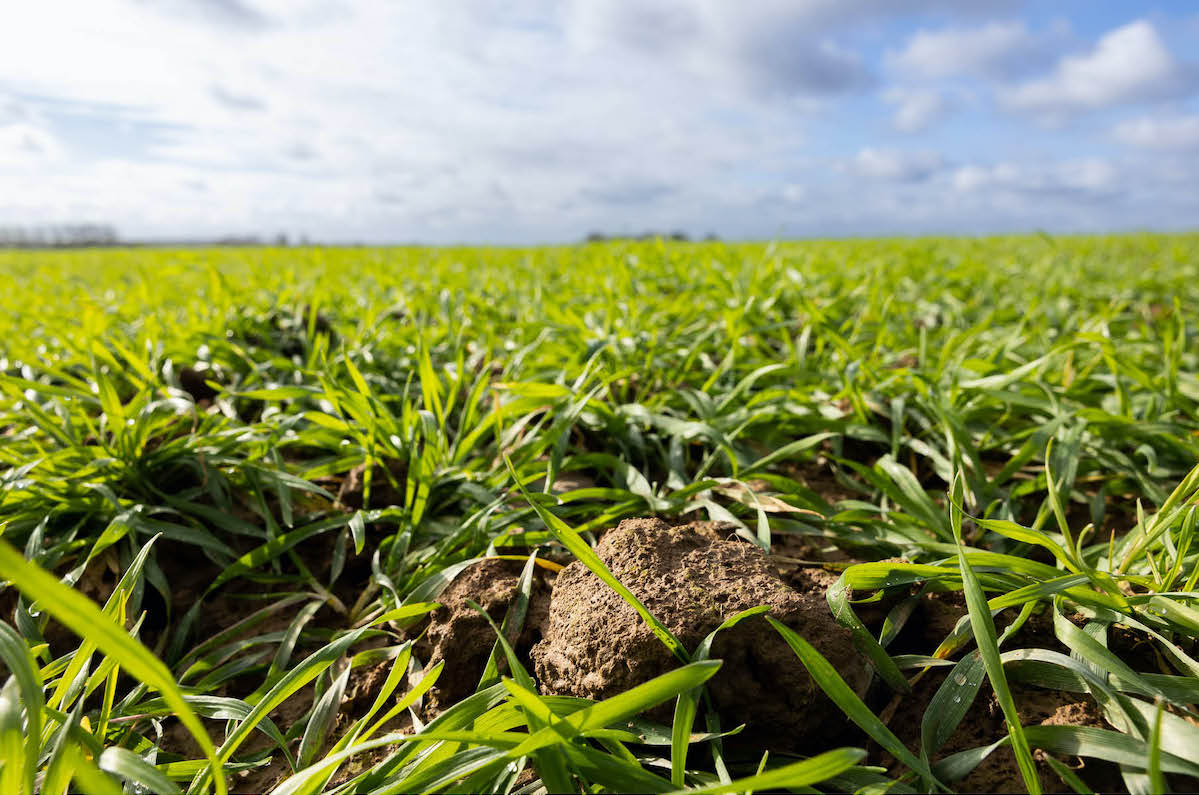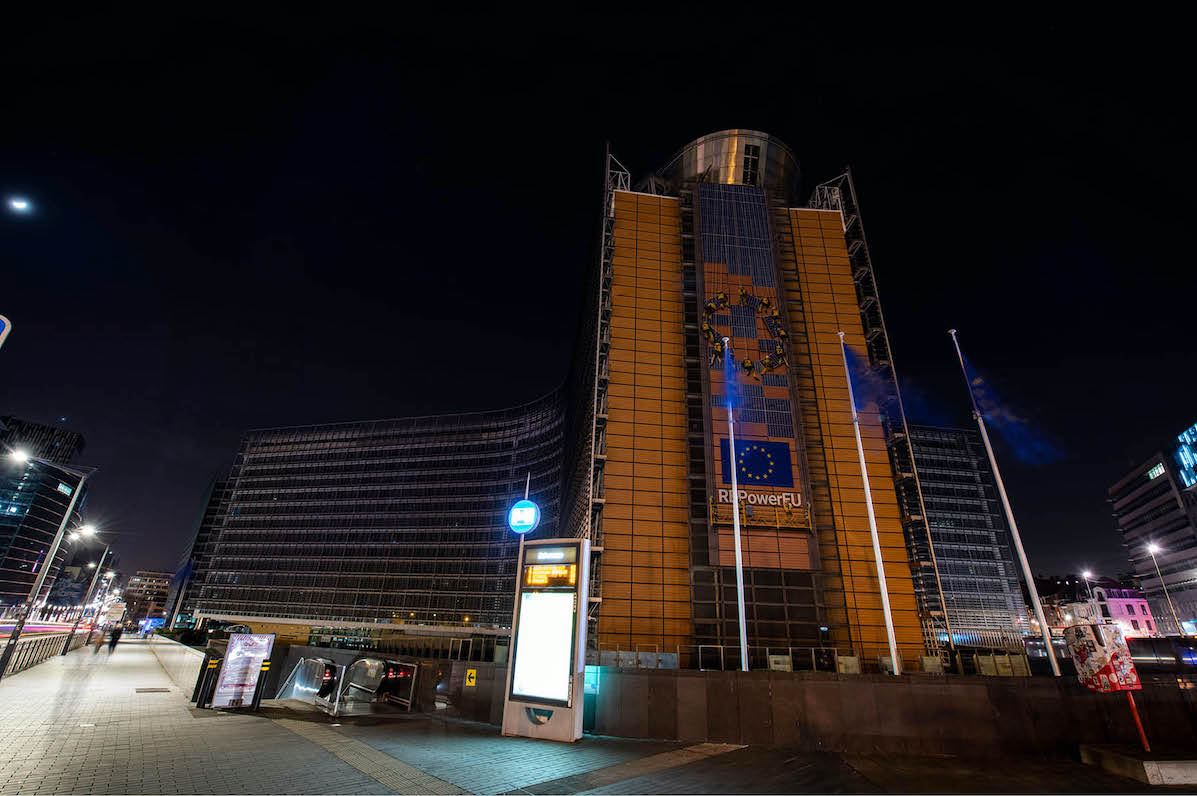Europe, 2050. Your day starts with a glance at morning pollution data displayed on your augmented reality device. Before you log in for your work day from your home office, you sit down to breakfast, chosen for the environmental credentials displayed digitally when you purchased it.
During the day, as you do your household chores, you will check the real-time electricity price before doing laundry. To encourage usage during peak renewable energy generation times, prices can fluctuate and gamification is a fun way to find the best rate. You consume and produce electricity thanks to the solar panels installed on your roof which are connected to a meshed micro-grid.
This is the picture drawn in 2022 by the Joint Research Center (JRC), the science and knowledge service of the European Commission, in its report “Towards a green and digital future – Key requirements for successful twin transitions in science of the European Union”.
According to a McKinsey report, in 2017 the 27 countries that make up the European Union were responsible for 7% of global greenhouse gas emissions. “The European Union achieving climate neutrality could serve as a model for other regions and encourage other countries to take bolder steps,” the report’s authors wrote.
The report examines the role digital technology can play in the European Union to achieve climate neutrality by 2050 – a commitment the European Commission made in 2019.
Known as the European Green Deal, the bold ambition is to make Europe the first climate-neutral continent. And the current climate of geopolitical instability, including Russia’s military aggression in Ukraine and its food, energy, economic and security implications, has only heightened the need for a transition as quickly as possible.
Twin transitions

AI, IoT, 5G and blockchain are some of the digital technologies capable of restoring biodiversity, reducing pollution and achieving climate neutrality.
For example, distributed ledger technology, such as blockchain-based digital product passports, can be used in material traceability and to encourage a maintenance and recycling loop for the circular economy.
Digital twins – or a virtual copy of a real environment – can be leveraged to optimize traffic, reduce congestion, reduce emissions, and model the life cycle of products and processes or the sustainable design of buildings.
Data and data analytics will be crucial to this transition, and technologies such as sensors, as well as open source platforms, will gather and share information with a wide audience.
“Sustainability and digitization must become a perfect marriage.” – Maroš Šefčovič.
Gamification will encourage public participation and adoption: The JRC cites “openness to change” as one of the main requirements for the continent to achieve carbon neutrality.
“Sustainability and digitalization must become a perfect marriage,” tweeted Maroš Šefčovič, European Commission Vice-President for Interinstitutional Relations and Foresight.
This was said during the launch of the European Commission’s “Strategic Foresight Report 2022: matching green and digital transitions in the new geopolitical context”, a strategic document resulting from the JRC report on the same subject.
And the “twinning” of green and digital transitions is how the European bloc now approaches it. In other words, one does not go without the other.
But, Šefčovič added, current technologies may only get us to 2030. “It is technology currently in the experimental, demonstration or prototype phase that is vital for our climate neutrality in 2050,” said he warned.
The main sectors

Energy, transport, industry, buildings and agriculture emit the most greenhouse gases in the European Union, and depending on the sector, digital technologies can play different roles in climate neutrality objectives from Europe.
Some of the predictions for the future that the reports have outlined include:
Transportation

Next-generation batteries will power electric aircraft serving small regional airports in Europe. Two-way charging of electric cars helps power smart grids.
Digitalization and AI will drive solutions for autonomous vehicles and vessels and will also support the rise of ‘mobility as a service’ or ‘transport as a service’ models which could increase the use of public transport as well as the predominance of pooling and sharing platforms.
Drones are a low-emission, digital and AI-powered solution for services and applications such as delivery and medical assistance.
Energy

Digital technologies, new sensors (advanced monitoring and sensing technologies), satellite data and blockchain are driving energy production and demand forecasting. provide.
Digitization will allow consumers, whether individuals or businesses, to trade energy. The energy grid could operate bottom-up through meshed or connected micro-grids and self-organizing networks, with households able to sell excess electricity to their neighbours.
Industry

Energy management tools, powered in real time by consumption data from smart meters and sensors, increase efficiency. Digital twins are leveraged to test products, refine system designs, choose the best materials, and report preventative maintenance.
The contribution of advanced technologies such as robotics and 3D and 4D printing will grow in importance. With data-driven materials optimization, when new materials are developed, the full life cycle is just as important as the key performance characteristics.
Material tracing sees appliance repair centers becoming more and more common in the urban landscape.
Agriculture

Quantum computing, combined with plant genomics and bioinformatics (methods and tools for studying biological data), is increasing our understanding of biological and chemical processes that can reduce our reliance on pesticides and fertilizers.
This could also be reduced through in situ digital sensing and European Union space services.
Hyperlocal digital platforms promote local distribution to avoid food waste. Blockchain, sensors and satellite data enhance traceability and transparency. Food in general is produced much more efficiently as open source platforms now offer farmers big data insights to help decide what crop to plant and when.
Building

Buildings are being retrofitted with 100% renewable energy sources to replace fossil fuels. Digital twins could change the way urban spaces are planned, monitored and managed.
This could result in reduced urban emissions, improved resource efficiency and quality of life, better use of building space, and could make buildings more resilient to hazardous events.
The flip side

For sustainability and digitalization to become the perfect marriage that Šefčovič from the European Commission talks about, there is a tension that needs to be resolved.
“Digital solutions have vast potential to reduce greenhouse gas emissions, but they can also lead to a higher environmental burden,” warns the JRC.
To ensure that twin transitions are positive, additional research and innovation is needed – and it comes at a cost.
Technologies such as data centers, AI, and blockchain drive their own electricity, material, and water needs. And with its reliance on hard-to-recycle rare earths, e-waste or discarded electrical and electronic devices is the fastest growing category of waste, adds the JRC.
To ensure that twin transitions are positive, additional research and innovation is needed – and it comes at a cost.
McKinsey estimates that an investment of US$30.3 trillion in clean technologies and techniques is needed between 2020 and 2050. Although considering that US$30.3 trillion could come from funds otherwise channeled to carbon-intensive technologies, perhaps the green continent is not entirely impossible dream.
McKinsey estimates that Europe’s net zero ambitions would create 11 million jobs and eliminate 6 million. Renewable energy, agriculture and buildings are the sectors that would see the greatest proliferation of new jobs. “In the construction sector, the EU would need 1.1 million skilled workers to retrofit homes with better insulation and install green heating and cooking systems,” the report’s authors write.